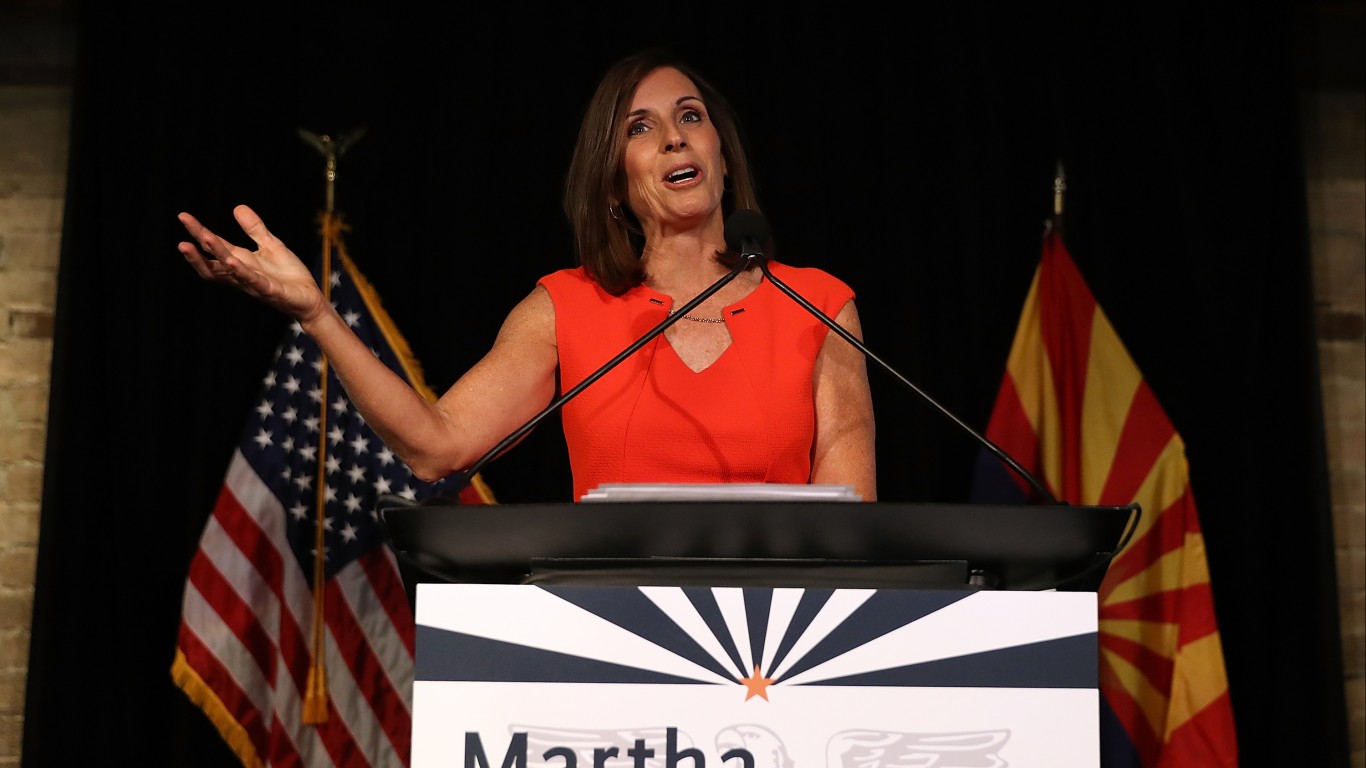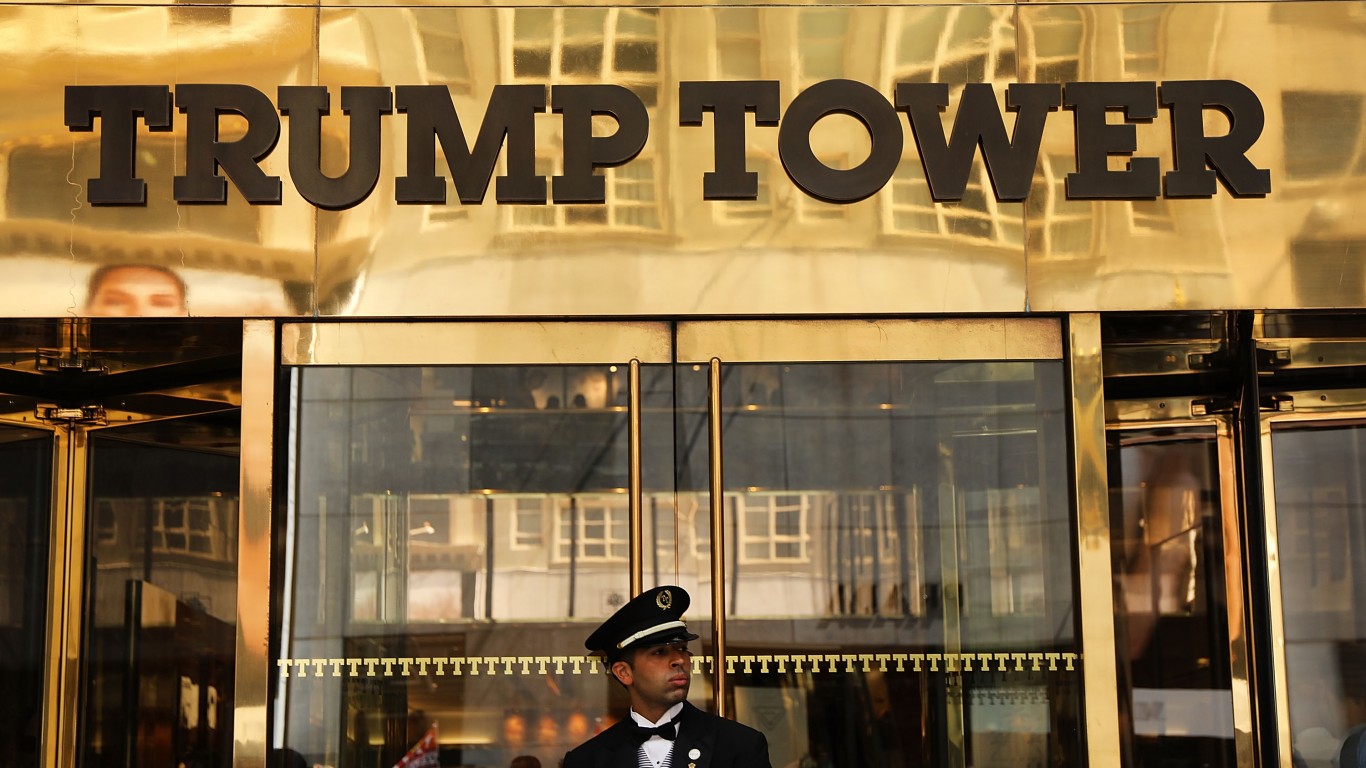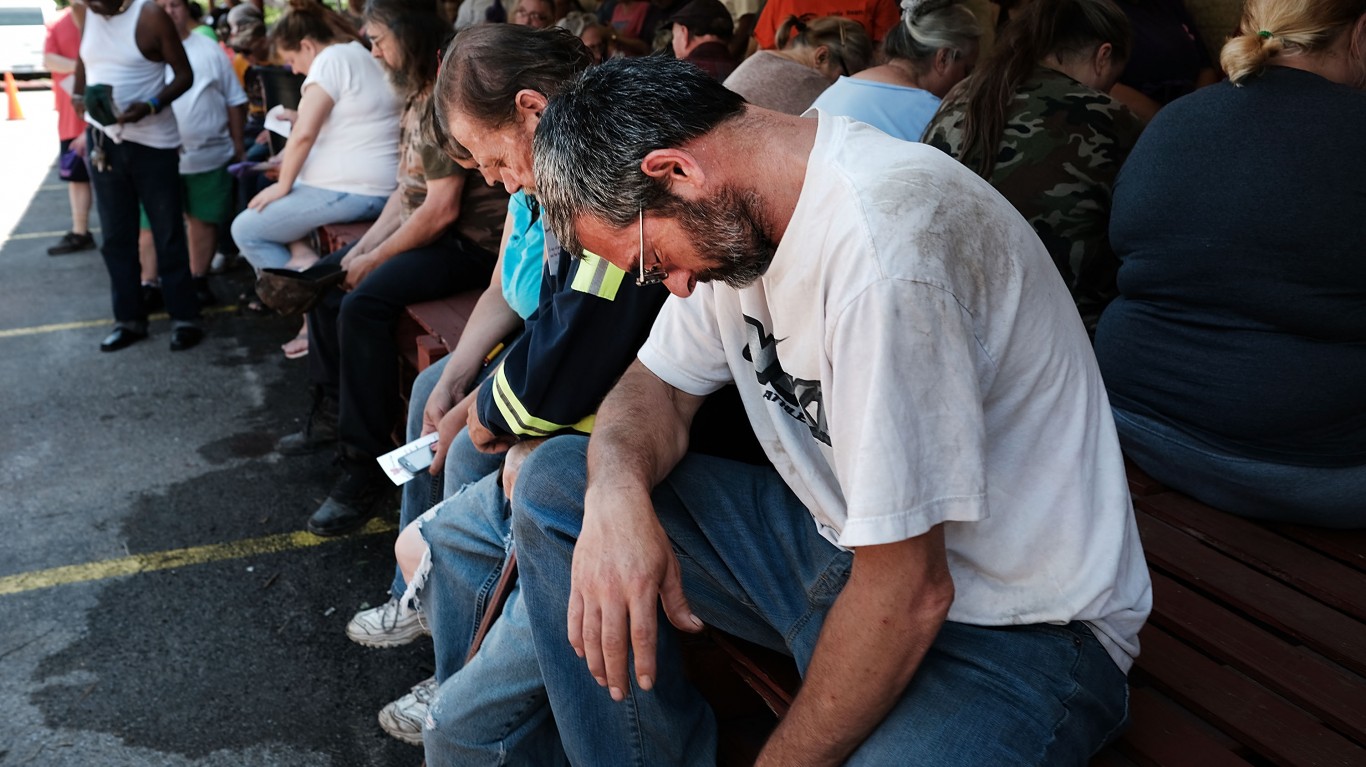
The U.S. Senate race in Arizona pits Mark Kelly, a former astronaut, against Martha McSally, a former U.S. Representative, who was appointed to her Senate post in 2019. The election is unusual. It is meant to decide whether McSally will serve out the term that ends in 2022. In recent polls, Kelley’s lead has been as high as 11% and has averaged 7.1%, according to calculations by Real Clear Politics. Reuters recently labeled her as “showing every sign of being an imperiled incumbent.” With her chances dwindling, she faces the question of whether the Republican Party will give up on her and put its efforts, and money, elsewhere.
One reason McSally’s prospects are considered weak is that when she ran for the Senate in 2018, she lost to Democrat Kyrsten Sinema, who had been U.S. Representative for Arizona. Why could McSally carry a state in which she most recently lost an election for the same position?
Kelley has some other advantages. According to recent data, he has raised $24 million to McSally’s $11 million. As television commercials become a critical part of the race, which often happens in the closing days of an election, McSally is likely to be at a major disadvantage.
Another reason McSally’s chance of victory has dimmed is her close association with President Trump. As his poll numbers continue to falter, it endangers many candidates who support or appear to support him. The president has trailed challenger Joe Biden in three of the most recent polls taken in Arizona.
One of the greatest risks the Republican party faces this election year is that the Democrats take a majority in the Senate, which may go with the one they have in the House of Representatives. States with close Senate races will move to the center stage, among those the party has to bolster. With McSally running behind, Arizona is unlikely to be one. Left behind on that count, her chances to win become be even less likely.
It’s Your Money, Your Future—Own It (sponsor)
Retirement can be daunting, but it doesn’t need to be.
Imagine having an expert in your corner to help you with your financial goals. Someone to help you determine if you’re ahead, behind, or right on track. With SmartAsset, that’s not just a dream—it’s reality. This free tool connects you with pre-screened financial advisors who work in your best interests. It’s quick, it’s easy, so take the leap today and start planning smarter!
Don’t waste another minute; get started right here and help your retirement dreams become a retirement reality.
Thank you for reading! Have some feedback for us?
Contact the 24/7 Wall St. editorial team.




